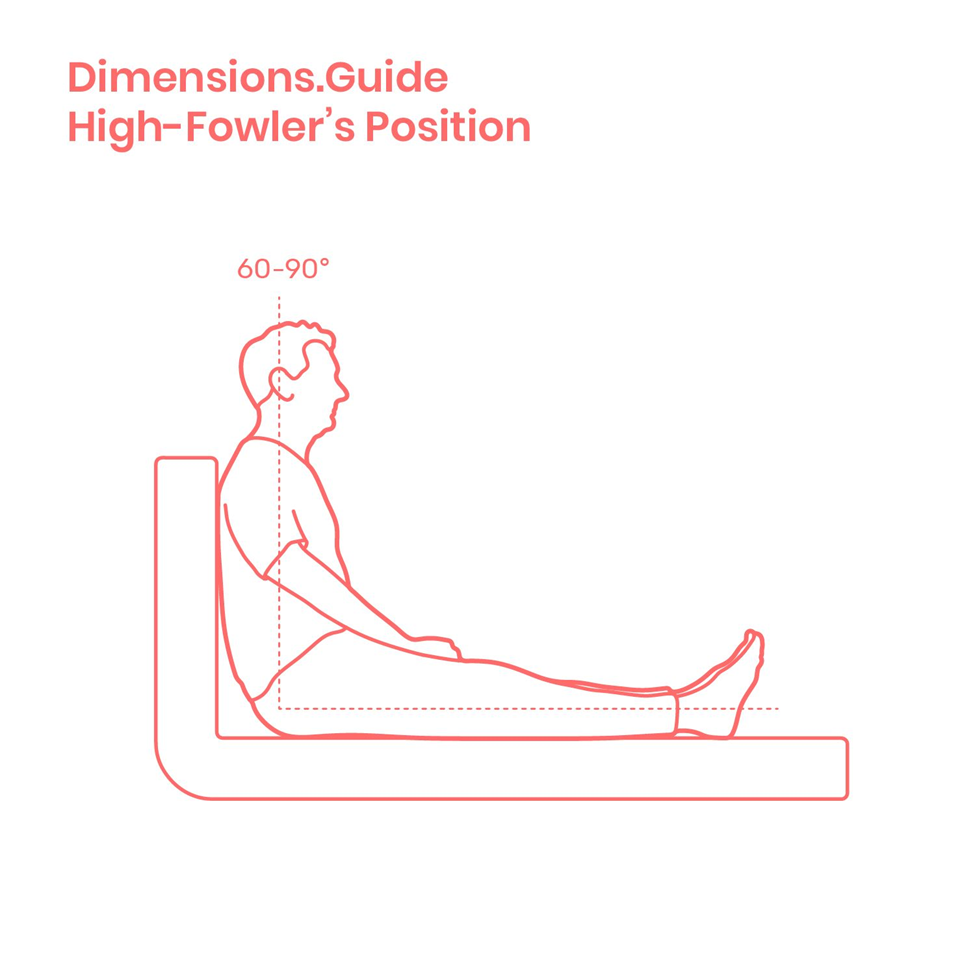The nurse is caring for a client who has been on bed rest. The primary care provider has just written a new order for the client to sit in the chair three times a day. Which of the following is the best action to transfer the client, for the first time, safely into the chair?
Infuse an intravenous fluid bolus 15 minutes before transferring the client into the chair.
Obtain a quad cane for the client to use as a transfer aid.
Position a friction-reducing sheet under the client.
Have the client sit on the side of the bed for several minutes before moving to the chair.
The Correct Answer is D
A. Infusing an intravenous fluid bolus 15 minutes before transferring the client into the chair:
Administering an IV fluid bolus before transferring the client to a chair is not necessary and not directly related to the safe transfer from bed to chair. It doesn't directly assist with the physical transfer process.
B. Obtaining a quad cane for the client to use as a transfer aid:
While a quad cane can be helpful for some individuals with mobility issues, it might not be necessary for the initial transfer from bed to chair and may not be appropriate for everyone.
C. Positioning a friction-reducing sheet under the client:
While a friction-reducing sheet can assist with moving a client, it may not be necessary for the initial transfer from bed to chair, especially if the client can bear weight and perform the transfer safely.
D. Having the client sit on the side of the bed for several minutes before moving to the chair:
This is the best action. Allowing the client to sit on the side of the bed for a few minutes helps the body adjust to being in a sitting position after an extended period of lying down. It allows for gradual adaptation and reduces the risk of dizziness or orthostatic hypotension when moving from lying down to sitting up.
Nursing Test Bank
Naxlex Comprehensive Predictor Exams
Related Questions
Correct Answer is B
Explanation
A. Protect the muscles of the lower extremities from atrophy:
This statement is not the primary purpose of sequential compression devices (SCDs) and compression stockings. While these devices can help maintain muscle tone by promoting blood circulation, their primary function is to prevent blood pooling and reduce the risk of deep vein thrombosis (DVT).
B. Keep the blood from pooling in lower extremities to avoid clots:
This is the correct purpose of sequential compression devices and compression stockings. They are designed to promote venous return and prevent blood from pooling in the lower extremities, thereby reducing the risk of blood clots, especially in individuals at risk for deep vein thrombosis (DVT).
C. Keep the patient from getting sores on the skin:
Preventing sores on the skin is not the primary purpose of these devices. While improved circulation may contribute to skin health, preventing skin sores is not the primary therapeutic goal of SCDs and compression stockings.
D. Keep the patient’s joints in working order:
Maintaining joint function is not the primary purpose of sequential compression devices and compression stockings. These devices primarily focus on promoting venous circulation and preventing complications related to blood pooling and clot formation.

Correct Answer is C
Explanation
A. 30 degrees:
This angle does not meet the criteria for a High Fowler's position, which requires a more upright position.
B. 15 to 20 degrees:
This angle is lower than what is generally considered as High Fowler's position. High Fowler's is a more upright position.
C. 90 degrees:
High Fowler's position involves elevating the head of the bed to 90 degrees. This position is often used for better lung expansion and respiratory function.
D. 45-60 degrees:
While this range is higher than a semi-Fowler's position, it is not as upright as the 90-degree elevation in a High Fowler's position.

Whether you are a student looking to ace your exams or a practicing nurse seeking to enhance your expertise , our nursing education contents will empower you with the confidence and competence to make a difference in the lives of patients and become a respected leader in the healthcare field.
Visit Naxlex, invest in your future and unlock endless possibilities with our unparalleled nursing education contents today
Report Wrong Answer on the Current Question
Do you disagree with the answer? If yes, what is your expected answer? Explain.
Kindly be descriptive with the issue you are facing.
